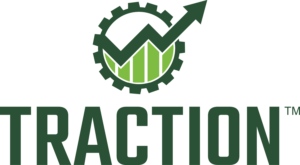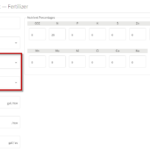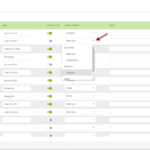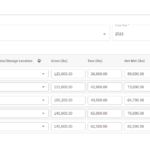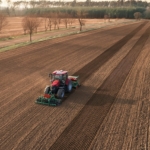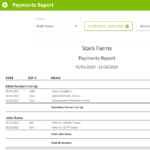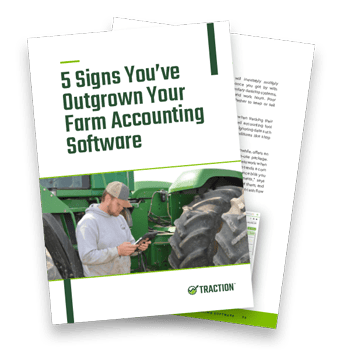
In business, the term Return on Investment (ROI) refers to capital spending and the return expected from those assets or projects.
But in practical farmer-speak, it often means the increase in yield and revenue expected from adding a particular product or practice to their crops.
For example, if a fungicide application costs $25 per acre, including application, and the price of corn is $5, then any yield increase above 5 bushels per acre ($5 x 5 bushels = $25) results in a positive ROI.
But is the price of corn the right multiple to use?
Accompanying any yield increase, there are costs that farmers sometimes overlook.
One hidden cost is crop Nutrient removal
Many farms do not have excess nutrients available to them and must include nutrient maintenance as part of their fertility program. The Tri-State Fertilizer Recommendations state that each bushel of corn removes .35 pounds of P2O5 and .2 pounds of K2O.
At current dry fertilizer prices, a pound of P2O5 costs around 70 cents, and a pound of K2O costs around 67 cents. At the above removal rates, each bushel of corn removes around 38 cents’ worth of nutrients that will need to be replaced.

Another overlooked set of costs is harvesting, handling, and drying

Higher yields mean more time in the field with combines and grain carts, more miles on trucks, and more bushels through the dryer. We farmers dismiss these as fixed costs, but many of them are actually variable. Farm equipment, especially combines, depreciate in large part based on the hours on the machine. Usage drives fuel, labor, and repair costs. If the combine is operated as close to full capacity as possible, then incremental yield increases result in incremental harvest time increases.
Equipment costs vary dramatically from farm to farm, and each farm should measure their own. A reasonable average from our telemetry-based cost measurements would put the variable portion of corn harvest equipment costs at 25 cents per bushel, trucking from the field at 8 cents per bushel, and drying/handling (20% moisture) at 13 cents, for a total of 46 cents per bushel of corn.
So ROI might not be as clear-cut as you think
Take the examples from above…
If you add harvest (46 cents) and nutrient costs (38 cents), you get a total of 84 cents per bushel. This nets you $4.16 per bushel if the price of corn is $5. So instead of 5 bushels per acre as the break-even yield on that $25 fungicide application, it is now 6 bushels per acre ($25 divided by $4.16).
Another way to look at it is if you receive a 5-bushel yield increase from the $25 fungicide, you net 5*$4.16 = $20.80. This means you lost $4.20 per acre on the fungicide application ($25 minus $20.80).
High yields are not a bad thing. But as you strive – and spend – to achieve them, be sure to account for these incremental, hidden costs when calculating ROI.

-

Brian Watkins
Brian Watkins farms with his brother and nephew near Kenton, Ohio. They specialize in corn and soybean production and operate a wean-to-finish swine operation. Brian holds a BS in Ag Econ and an MBA from The Ohio State University. In addition to farming, Brian speaks and consults on the topic of farm technology adoption and value creation. He has consulted internationally on farm management with the World Bank. He is also a founder of CropZilla Software, Inc., a finance and management tool for farmers.

